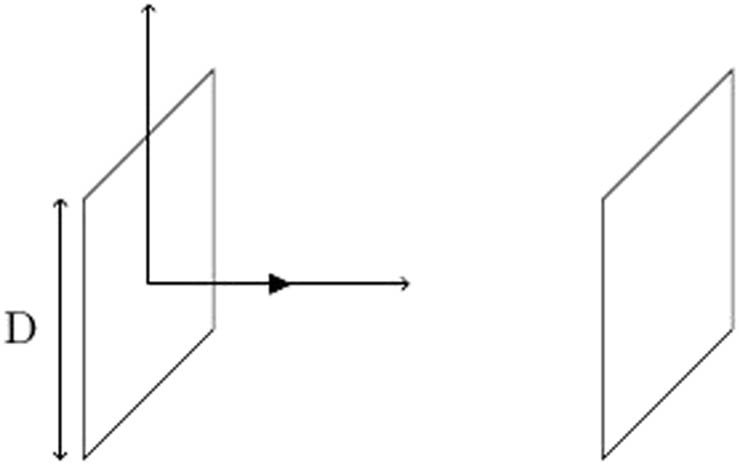Since the PVSYST simulator is the most well-known software among researchers and PV experts, we chose to compare its results to those of the manual method. Thus, the objective of the article was to obtain the degree of similarity between the results of the PVSYST simulation and the manual calculation of the same parameters, based on the study of the photovoltaic systems of the University Ibn Tofail. Those installations are installed in the Faculty of Letters, Science, the Presidency and CFC. The later used in our study, have different parameters. Hence, to collect these parameters and their distinct data we used multiple sources. The datasheets of each components of the PV system contains the parameters that distinguish the devices therefore it was mandatory to look for that information, since it will facilitate our study. The meteorological database PVGIS, was our reference for the temperature and irradiation data. What’s more is the PVSYST software that helps in the simulation of the PV system and thus having a detailed report with massive information. All this collection of data was aiming to help us comparing the results of yields and other parameters by manual calculation versus simulation in PVSYST. Morocco has demonstrated a strong commitment to combat climate change by embracing renewable energy, particularly photovoltaic systems. In this pursuit, universities like Ibn Tofail University (UIT) play a crucial role in addressing climate challenges and developing research solutions for mitigation. UIT actively participates in projects related to environmental protection and sustainable development, contributing to Morocco’s growth and higher education advancement. As part of its efforts, UIT has been involved in implementing sustainable green projects and promoting renewable energy technologies. A specific study at UIT aimed to compare PVSYST simulation results with manual calculations for four PV systems on campus, considering parameters such as orientation, electrical installation, and panel types. The International Energy Agency (IEA) Photovoltaic Systems Program has established standards and a key concept, the yield factor, measuring the net energy production over a facility’s lifetime compared to the energy used for construction, operation, and supply. By evaluating the accuracy and efficiency of PVSYST, researchers sought to advance the use of PV systems and contribute to Morocco’s renewable energy goals. Such research not only aids in the progression of renewable energy technology but also aligns with Morocco’s vision for sustainable development and environmental protection.
Inhalt
- Reviews
-
5. Juni 2023
-
27. Februar 2023
-
15. November 2023
-
17. November 2022
- Research Articles
-
Open AccessHybrid optimization strategy for water cooling system: enhancement of photovoltaic panels performance15. Januar 2024
-
13. Dezember 2023
-
21. August 2023
-
Open AccessTheoretical and experimental investigation of electricity generation through footstep tiles26. September 2023
-
Open AccessComparative energy and exergy analysis of a CPV/T system based on linear Fresnel reflectors7. August 2023
-
Open AccessInvestigation of KAPTON–PDMS triboelectric nanogenerator considering the edge-effect capacitor15. November 2023
-
14. September 2023
-
15. November 2023
-
6. April 2023
-
Open AccessOptimized power flow management based on Harris Hawks optimization for an islanded DC microgrid14. April 2023
-
24. März 2023
-
22. Mai 2023
-
26. Juni 2023
-
Open AccessDevelopment of renewable energy-based power system for the irrigation support: case studies19. Juni 2023
-
13. Februar 2023
-
27. April 2023
-
3. Juli 2023
-
Open AccessImproved design of advanced controller for a step up converter used in photovoltaic system30. Mai 2023
-
30. Juli 2024
-
Open AccessTheoretical analysis of piezoceramic ultrasonic energy harvester applicable in biomedical implanted devices18. Dezember 2024
- Corrigendum
- Special Issue: Recent Trends in Renewable Energy Conversion and Storage Materials for Hybrid Transportation Systems
-
Open AccessTypical fault prediction method for wind turbines based on an improved stacked autoencoder network14. September 2023
-
4. September 2023
-
Open AccessEnergy-saving analysis of desalination equipment based on a machine-learning sequence modeling26. Juni 2024











